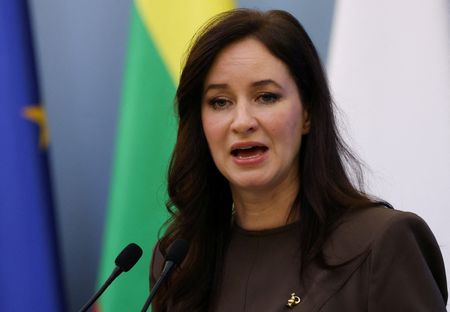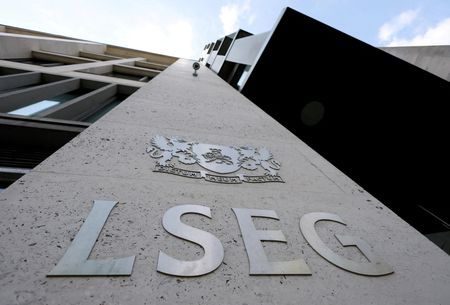(Reuters) -Microsoft said late on Wednesday it had resolved an outage of its Azure cloud platform that had impacted the tech giant’s suite of productivity software, and a range of industries worldwide.
“While error rates and latency are back to pre-incident levels, a small number of customers may still be seeing issues, and we are still working to mitigate this long tail,” Microsoft Azure said, adding that the incident lasted for over 8 hours.
Alaska Airlines earlier in the day said it experienced a disruption to key systems, including its website, due to the Azure outage and was bringing systems back online once Microsoft resolved the issue.
The website of London’s Heathrow Airport was back online after issues had affected it earlier in the day. Vodafone had also been impacted due to the outage.
Affected services include Azure Communication Services and Media Services, among others.
The Microsoft outage follows last week’s disruption at Amazon AWS, which caused global turmoil among thousands of websites and some of the most popular apps, such as Snapchat and Reddit.
Microsoft 365 had said that its services experienced a downstream impact related to the Azure outage, before confirming late in the day that the impact from the Azure configuration change had been resolved.
Beginning at about 12 p.m. ET on Wednesday, Azure said its customers and Microsoft services that leverage Azure Front Door, a global cloud-based content and application delivery network, had experienced issues resulting in timeouts and errors.
The number of users reporting issues with Azure had dropped to 230, as of 6:49 p.m. ET, from a peak of over 18,000 earlier in the day, according to Downdetector, which tracks outages by collating status reports from a number of sources.
The outage at Microsoft 365 had eased to 77 users reporting issues, as of 10:44 p.m. ET, down from a peak of nearly 20,000, Downdetector’s website showed. Its numbers are based on user-submitted reports, and the actual number of affected users may vary.
The AWS outage was the largest internet disruption since last year’s CrowdStrike malfunction hobbled technology systems in hospitals, banks, and airports, highlighting the vulnerability of the world’s interconnected technologies.
(Reporting by Juby Babu in Mexico City and Disha Mishra in Bengaluru; Editing by Shailesh Kuber, Alan Barona and Rashmi Aich)










